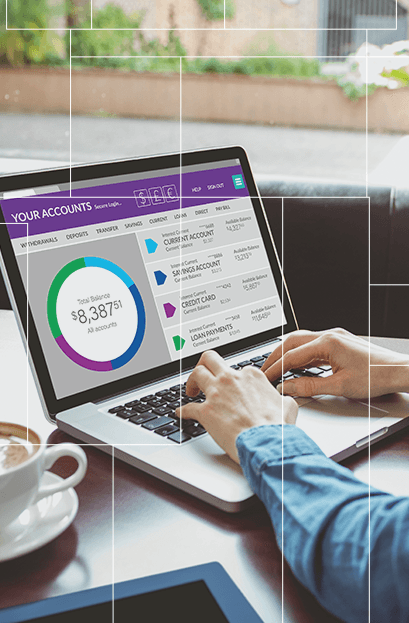The Increasing Cost of Education

A college education is an investment which usually pays off. According to the U.S. Department of Education, in 2015 those with a college degree earned $48,500 a year, while those with only a high school diploma earned $23,900. Furthermore, a study from Georgetown University Center indicates college graduates will make $1 million more in their lifetime than those who only hold a high school diploma.
Unfortunately, while paying for a college education can be an important and wise investment, it is seldom inexpensive. College planning has become increasingly important over the last several decades, as college costs have skyrocketed with tuition to both private and public schools doubling and even tripling in some cases.
According to statistics from the College Board, the average price for college tuition and fees in the United States is an astronomical $34,740 per year. While an in-state public college is less expensive than a private college, the upward trend for college enrollment is increasing yearly at twice the consumer inflation rate.

Data released by the U.S. Department of Education’s National Center for Education Statistics early 2018, indicates that the need for financial aid continues to grow. “The percentage of first-time, full-time degree/certificate-seeking undergraduate students at 4-year postsecondary institutions who were awarded financial aid was higher in 2015-2016 (85%) than in 2000-01 (75%).” Statistics show that in that same year, full-time students received an average of $14,460 in financial aid, including $8,390 in grants (from all sources), $4,720 in federal loans, $1,290 in education tax credits and deductions, and $60 in Federal Work-Study. Sources have estimated the average college graduate finished their bachelor’s degree with $28,446 in student loan debt in 2016.
Not only are tuition prices rising, but the cost of living is always ticking northward and there is no exception for college students. According to The College Board, a moderate college budget for an in-state public college for the 2017-2018 year averaged $25,290 while a moderate budget at a private college averaged $50,900. These costs included housing and meals which averaged around $10,800 at a four-year public school, and $12,210 at private schools. It also took into account an average cost of books and supplies, around $1230 for the school year while personal and transportation expenses averaged around $3,000 for public and private universities. These are real costs that should be looked at carefully when preparing to set aside funds for college.
Often times, because it seems far off in the future, little thought is given as to how to save and plan financially for a college education. However, it is much easier to save while the child is growing up and pay for college from our savings than to attempt to pay for college as the expenses are incurred, out of income.
Material discussed is meant for general illustration and/or informational purposes only and it is not to be construed as tax, legal, or investment advice. Although the information has been gathered from sources believed to be reliable, please note that individual situations can vary therefore, the information should be relied upon when coordinated with individual professional advice.
Article from CalcXML.com
